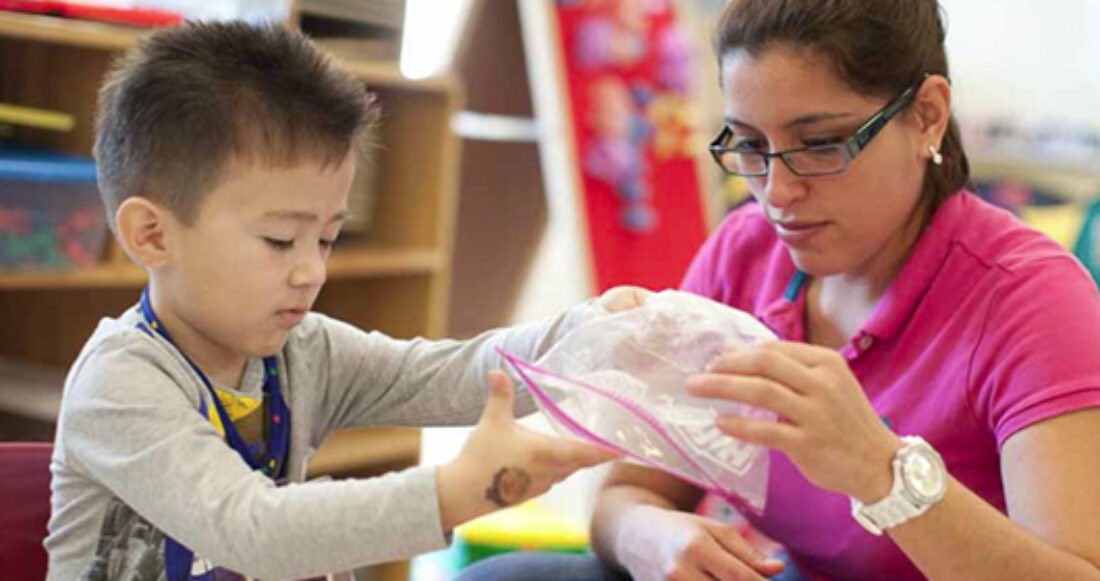Child Poverty Still on the Rise, but Outlook for Children Better in Education and Health

Gradual economic recovery presents national opportunity to refocus on investments in early childhood development
As the nation’s economy recovers, America’s children are showing some signs of improvement despite an ever-growing poverty rate, according to new data in the Annie E. Casey Foundation’s 2013 KIDS COUNT Data Book.
Children continue to progress in the areas of education and health. From roughly 2005 to 2011, the teen birth rate dropped by 15% to a historic low. The rate of high school students not graduating in four years saw an almost 20% decline, as did the child and teen death rate. The percentage of children without health insurance decreased by 30%.
Although the economic well-being of the nation’s children improved slightly from 2010 to 2011, the negative impact of the recession remains evident. In 2011, the child poverty rate stood at 23%, or 16.4 million children — an increase of 3 million since 2005. The number of children living in households spending more than 30% of their income on housing — more than 29 million in 2011 — saw minor improvement from the previous year, but was still about 2 million more than in 2005. Similarly, the number of children whose parents lacked full-time, year-round employment was nearly 20% higher than in 2008.
The 2013 Data Book also examines how America’s youngest children are faring, adding to the ongoing national conversation on early childhood education. In particular, younger children are disproportionately affected by the lingering effects of the recession: The poverty rate among children younger than 3 is 26%; among 3- to 5‑year-olds, it is 25% — higher than the national average for all kids.
“Children are our nation’s most precious resource, as well as our future leaders, employees, citizens and parents,” said Patrick McCarthy, the Foundation’s president and CEO. “The early years of their lives are a critical juncture in their development. As our economic recovery continues, we cannot lose sight of doing whatever it takes to help kids, particularly kids in low-income families, reach their full potential — and that includes laying a solid foundation from the moment they are born.”
Also new to this year’s Data Book are statistics on multiracial children, a rapidly growing population. These data indicate that while deep disparities persist for African-American, Latino and American Indian children relative to their white and Asian and Pacific Islander counterparts, multiracial kids are generally faring better than or as well as the overall population — with a few exceptions: More multiracial children (42%) find themselves in single-parent families compared to kids overall (35%), and 37% have parents without full-time, year-round employment, compared to 32% in the general population.
At the state level, New Hampshire, Vermont and Massachusetts rank highest for overall child well-being, while Nevada, Mississippi and New Mexico rank lowest. Other state highlights:
- For the first time in the Data Book’s 24-year history, Mississippi moved out of the No. 50 spot for child well-being, now occupied by New Mexico. While the two states remain fairly even, Mississippi performed better in a few areas, such as the number of children not attending preschool and those whose parents lack a high school diploma.
- Three southwestern states — Arizona, Nevada and New Mexico — are now in the bottom five for the overall rankings.
- The number of children in high-poverty neighborhoods continued to climb in 40 states and varies widely, from a fraction of a percent in Wyoming to 24% in Mississippi.
- Forty-six states and the District of Columbia saw improvements in math proficiency, but a considerable gap lies between Massachusetts, with 49%of its eighth-graders not proficient in the subject, and Mississippi, with 81%.
“The progress we’re seeing in child health and education is encouraging, but the economic data clearly speak to the considerable challenges we still face,” said Laura Speer, the Casey Foundation’s associate director for policy reform and data. “We need to do better and be smarter about investing in effective programs and services to help ensure all kids get the best possible start in life.”
The KIDS COUNT Data Book features the latest data on child well-being for every state, the District of Columbia and the nation. This information is available in the newly redesigned KIDS COUNT Data Center, which also contains the most recent national, state and local data on hundreds of measures of child well-being. Data Center users can create rankings, maps and graphs for use in publications and on websites, and view real-time information on mobile devices.





